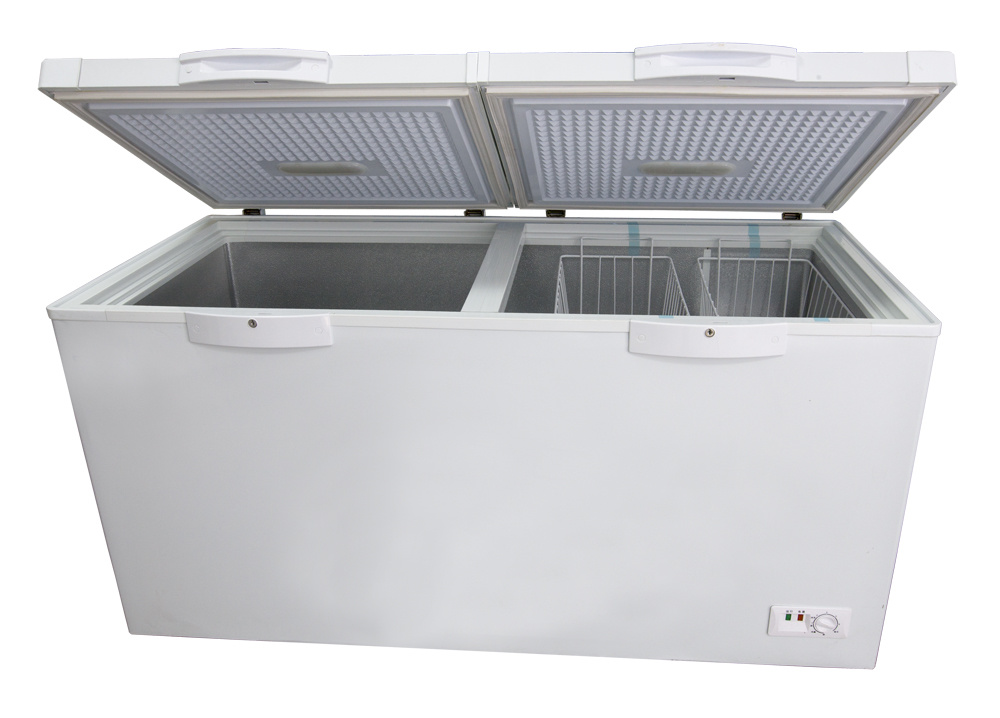Modern experiments in creating bog butter yield a product that seems to be an acquired taste, with "flavor notes which were described primarily as ‘animal’ or ‘gamey’, ‘moss’, ‘funky’, ‘pungent’, and ‘salami’.
Wikipedia
A place to share interesting articles from Wikipedia.
Rules:
- Only links to Wikipedia permitted
- Please stick to the format "Article Title (other descriptive text/editorialization)"
- Tick the NSFW box for submissions with inappropriate thumbnails
- On Casual Tuesdays, we allow submissions from wikis other than Wikipedia.
Recommended:
- If possible, when submitting please delete the "m." from "en.m.wikipedia.org". This will ensure people clicking from desktop will get the full Wikipedia website.
- Use the search box to see if someone has previously submitted an article. Some apps will also notify you if you are resubmitting an article previously shared on Lemmy.
…salami?
Proper salami is funky.
Funky salami was my stripper name
Bog salami was mine
Peat bogs, being low temperature, low oxygen, highly acidic environments, have excellent preservative properties. Experiments conducted by researcher Daniel C. Fisher demonstrated that pathogen and bacterial counts of meat buried in peat bogs for up to two years were comparable to levels found in control samples stored in a modern freezer,[9] suggesting that this could be an effective preservation method.
I've always thought we could improve the performance of refrigerators / freezers by replacing the air with a inert non-reactive gas like nitrogen. Food in a cool nitrogen environment will not oxidize, because there is no oxygen! This could be done with a top down cooler (where the lid is on top), just fill with nitrogen.

Maybe a refillable liquid nitrogen container so it forces all the oxygen out every time you open it.
Nitrogen is denser then air, so you can have a float indicator at the rim of the unit, if the nitrogen dips to low you pump in more until the float... floats. All mechanical, no electronics needed!
Atmospheric air is mostly Nitrogen. Nitrogen from a bottle mixes readily with atmospheric air.
Sulfur hexafluoride would work a lot closer to what you are describing. Although assessing the safety of dissolving any gas into your food would require careful consideration. Also, sulfur hexafluoride is a very strong greenhouse gas, so that could easily negate any other benefits.
Wouldn't anaerobic bacteria still run rampant?
good point!, but we are removing one source of spoilage... would that improve overall storage time? I'm not sure
Interesting read, thank you.
I really would love to try this
I myself prefer just to read about it
Get a butter bell, sorta the same concept. Never had butter even start to go bad.
BTW, they're easy to find at thrift stores.
I have one, but that doesn't net me gamey, fermented butter. I love fermented foods
I thought this was going to be another word for a Plumber's Omelette
I thought it said "dog butter"
I have nipples, Jack, can you milk me?
That's just used for curries